Ep 194 Subarachnoid Hemorrhage – Recognition, Workup and Diagnosis Deep Dive
ECG Cases
MAY 13, 2024
Katie Lin for a deep dive into why we still miss this life-threatening diagnosis, the key clinical clues, proper use of decision tools, indications for CT, indications for CTA, indications for LP and CSF interpretation for the sometimes elusive diagnosis of subarachnoid hemorrhage.

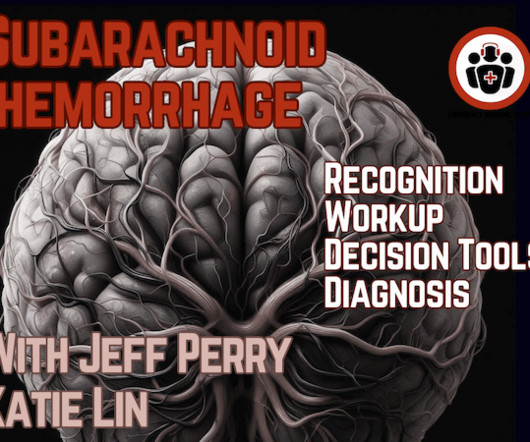




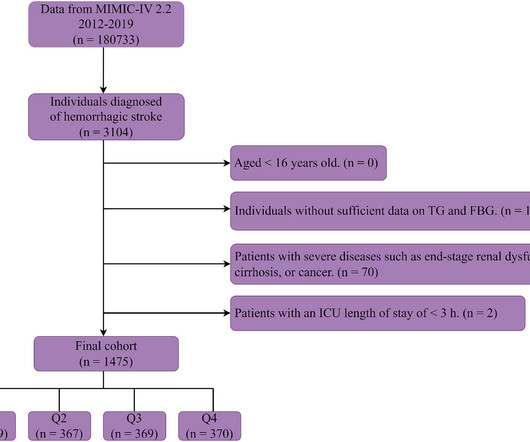


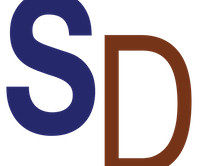
























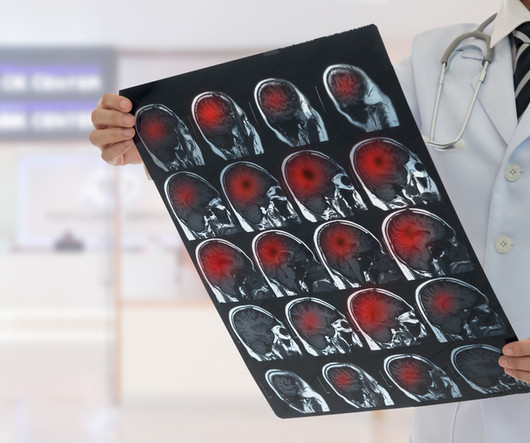


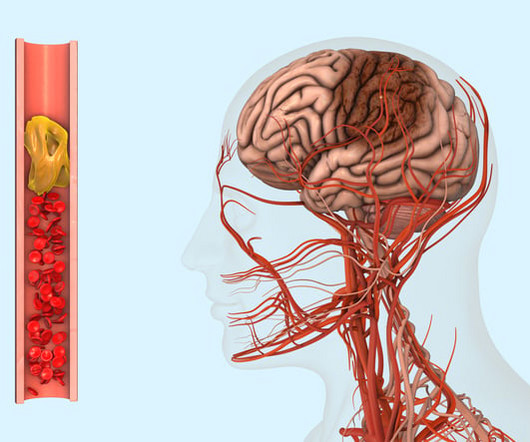






Let's personalize your content